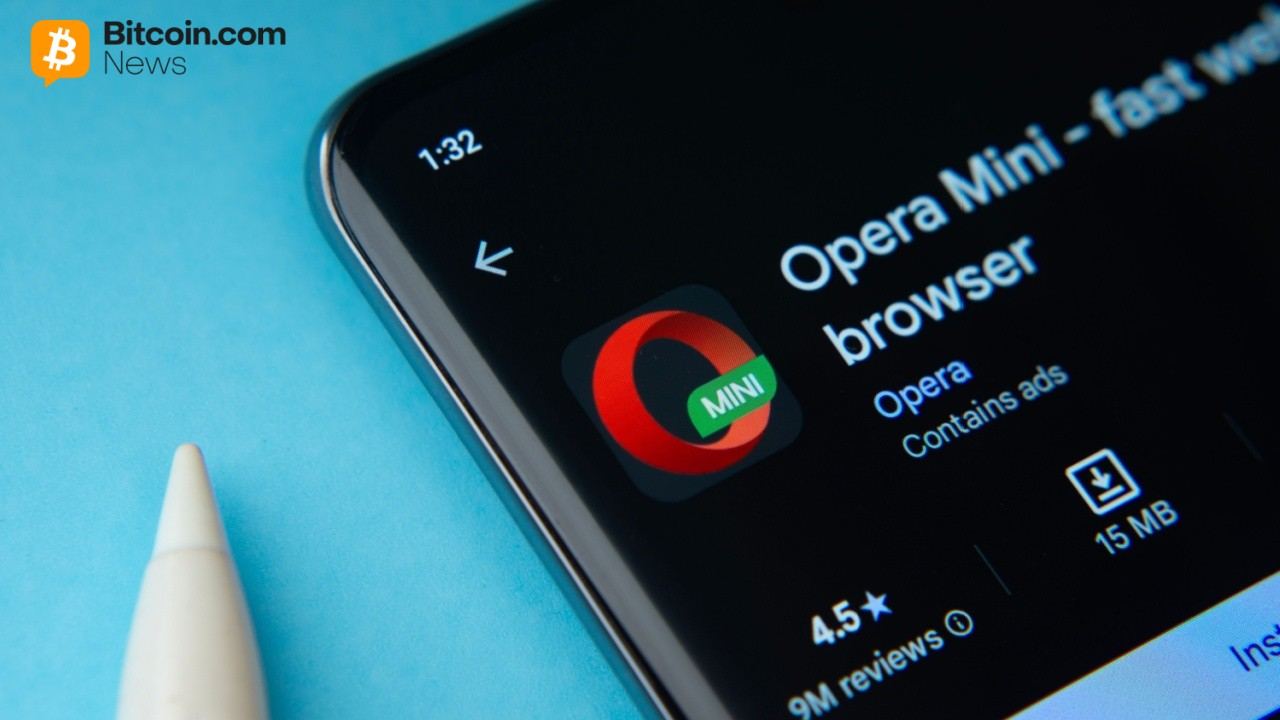The U.S. electric vehicle market is established and ready to grow without federal subsidies, according to Jon McNeill, a former Tesla president of global sales and service and current GM board member.
Speaking to CNBC on Thursday, McNeill expressed confidence that despite the recent expiration of a key EV tax credit, the industry will continue its upward trajectory, bolstered by more model choices and the availability of lower-priced vehicles.
He pointed to Europe as a case study, noting that when countries like Germany rolled back their subsidies a couple of years ago, the EV market “surprisingly … continued to grow.”
McNeill suggested the U.S. is poised for a similar outcome, stating, “The market’s established, and we’re probably ready to have a market that can … grow without subsidies.”
In the American market is catching up, there are 65 different EV models now available to consumers, and when combining EVs and hybrids, one out of every four cars sold in the U.S. is now electrified, he added.
The recent end of the tax credit did create a “pull-forward in demand,” he said, leading to a busy quarter for dealerships. However, this sales surge wasn’t limited to one company. While Tesla saw a 7% increase, GM doubled its EV sales in the same quarter compared to the previous year. McNeill interpreted this as a positive sign, especially since many of those sales were for lower-priced models.
The bombshell of the expiring tax credit
McNeill’s remarks came amid a flurry of responses to the end of the EV tax credit. Ford CEO Jim Farley, while being interviewed during the Ford Pro Accelerate summit in Detroit, took a virtually opposite tack, predicting the EV industry will be cut in half.
He said EVs will remain a “vibrant industry” going forward, but also said it’s “going to be smaller, way smaller than we thought.” The end of the $7,500 consumer incentive is a “game-changer,” he added, projecting a steep drop in EV sales down to 5% of the industry from the current level of roughly 10% to 12%.
“The customers are pesky,” Farley said, adding that “customers are not interested in a $75,000 electric vehicle. They find them interesting. They’re fast. They’re efficient. You don’t go to the gas station. But they’re expensive.”
Charging your house with your car
McNeill said one argument in favor of the EV sector continuing to grow is the vehicles’ increasing utility far beyond transportation. He discussed the emerging trend of vehicles acting as power sources for homes. This “bidirectional” capability, he explained, allows EVs to push energy back into the grid. He shared a personal example, stating his Silverado EV can power his house for two weeks, eliminating the need for a separate generator.
Farley agreed, saying that “partial electrification is more interesting to customers than we thought … we think hybrid, EV plug-in, E-revs, those kind of partial electric solutions, America is going to fall in love with, or already is falling in love with.” He added that this is especially a big deal in states such as Florida and Texas.
McNeill mentioned that his local utility offered him a “big break on my utility bills” in exchange for allowing them access to just 20% of his vehicle’s battery capacity. While only a handful of EVs currently offer this feature, he believes “we’re going to see more and more of that.”
Policy supporting this integration is more likely to come from the state level rather than the federal government, he argued. Because the U.S. has over a thousand decentralized grids, it is more of a state issue, and states have generally been “more progressive” in creating incentives to help utilities keep electricity costs down.
For this story, Fortune used generative AI to help with an initial draft. An editor verified the accuracy of the information before publishing.






















